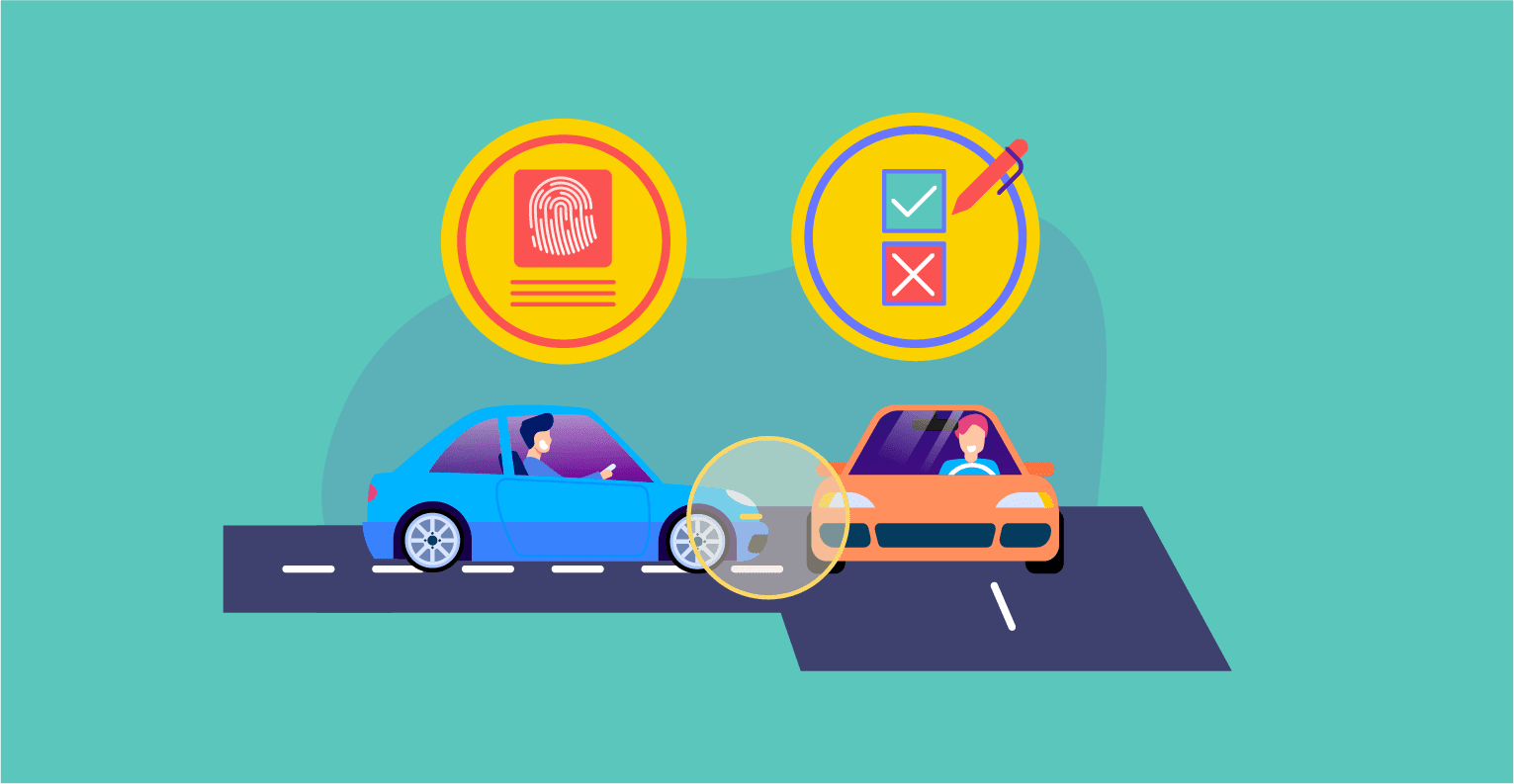The Official Highway Code and types of Pedestrians Crossings
By zainab on Mar 14, 2020Pedestrian crossings are considered to be secure places for the people walking on the road. You should never wave at people on pedestrians as other drivers may not stop for them and you could place the pedestrians at serious risk. You should be careful with the people on pedestrians that they could stumble into the road from an edge and not start at the crossing. Moreover, there is an official highway code for Pedestrian crossings, these are:
- Zebra Crossings
- Pelican Crossings
- Puffin Crossings
- Toucan Crossings
- Pegasus Crossings
A school security guard wants you to stop near schools. You should never park or overtake the zig-zag roads near pedestrians. You should maintain a strategic distance while stopping near the pedestrians.
Pelican Crossings:
If you see Zig zag lines and traffic lights on it is an approach to deal with a Pelican crossing. This crossing is enacted when a button is pressed by a pedestrian. The traffic lights will at that point change from green to golden and then golden to red. After some time the traffic lights will at that point change to a glimmering golden light (implying that you can drive on as long as the pedestrians are no longer on the crossing.) and then green.
Give way to the still pedestrians on the crossing even if you have a green light. This applies to all pedestrian crossings. A Pelican crossing is the main crossing which has flashing amber light as a feature of its sequence. If a pedestrian is waiting at the crossing and it seems like they've pressed the button then you can expect that the traffic lights may change soon. If the intersection is staggered and not in line, at that point the crossings are treated as separate.
The Highway Code says that when the red light to traffic is lit then drivers must stop. The green man will at that point light for pedestrians, and they should check that it is protected to do so, across the road. When the green man starts to flash pedestrians that should not begin to cross, that there is still enough time for those on the crossings to complete their journey securely. At most Pelican crossings there is a beeping sound to indicate that the visibility weakens when the green man is lit.
Puffin Crossings:
Pedestrian User-friendly Intelligent crossing or Puffin crossing for short. These pedestrian crossings look the same as Pelican Crossings but have sensors on the traffic lights. These sensors recognize if pedestrians are crossing slowly and can hold the red traffic light more if required. These don't have a flashing amber light as a major aspect of its sequence like normal traffic lights.
Zebra Crossings:
Zebra intersections are easily recognized due to the black and white lines that are across the width of the road. To deal with a zebra crossing you will see blazing golden signals and cross lines on the road. Because there aren't any traffic lights, it will be dependent upon you to guarantee there aren't any pedestrians waiting to cross.
Make sure that you can check both sides of the crossing appropriately before proceeding if there should arise an incident of moving towards pedestrians, you should be careful with the pedestrians that may run into the pedestrians from an angle. In that case, do not hurry any pedestrians on the crossings. Give them an opportunity to get cover and don't wave them to cross or use the horn. Split zebra crossings that ought to be treated as two separate crossings.
Toucan Crossings:
Toucan (Two can cross.) crossings are like Pelican crossings, however, they allow cyclists and pedestrians to cross (most ideal approach to recall the name is 'two can' cross). These are regularly found close to parks or cycle paths. Toucan crossings don't have a flashing amber light as a part of its sequence and phase like normal traffic lights.
Crossings are made for two pedestrians and cyclists and are normally used as an adjacent way(Cyclists are not permitted to go across the street using Zebra, Pelican or Puffin crossing). They have the same signals from Pelicans, but they incorporate a green cycle symbol close by the green man. Toucans can be far-sided or near sided like a Puffin Crossing and the most recent Toucan crossings the crossing time is built up each time by on-crossing detectors similarly as Puffins. The expense of a Toucan is like that of a Puffin.
Pegasus Crossings:
These are the least normal sort of pedestrian crossing. Like Toucan Crossings, but these permit horse riders to cross as well. These crossings have two buttons at various heights. One is for normal height pedestrians and cyclists and another one is positioned two meters above the ground for horse riders.
This helps the horse riders as they don't need to get down to work the crossing. Sensors detect the development on the crossing and can hold the red light longer. Pegasus crossings don't have a flashing amber light as a feature of its grouping like normal traffic lights.
This kind of crossing is just used where many crossing developments are made across a busy road. Equestrian Crossings can be for horse and rider alone or combined with the cycle as well as pedestrian facilities. In the two cases, a holding coral sets apart horses from pedestrians.
Conclusion:
Do not cross the road with heavy traffic, always use pedestrians to cross the road. It is dangerous for your health as you can get involved in an accident. A busy road is always dangerous to cross no wonder the speed of the car coming on your way.
So before you cross the road always observe traffic on the road as well as traffic signals to avoid accidents.If no pedestrian signals have been given, observe carefully and don't cross the road until the traffic lights are red and the traffic has stopped. Keep looking on the road and check for traffic that might be turning the corner.
These are the obvious questions asked in the driving test both in the theory test and hazard perception test. You can practice for both theory tests and hazard perception tests online on the official website. To pass in your practical driving test you must know all the rules including Highway Codes.


